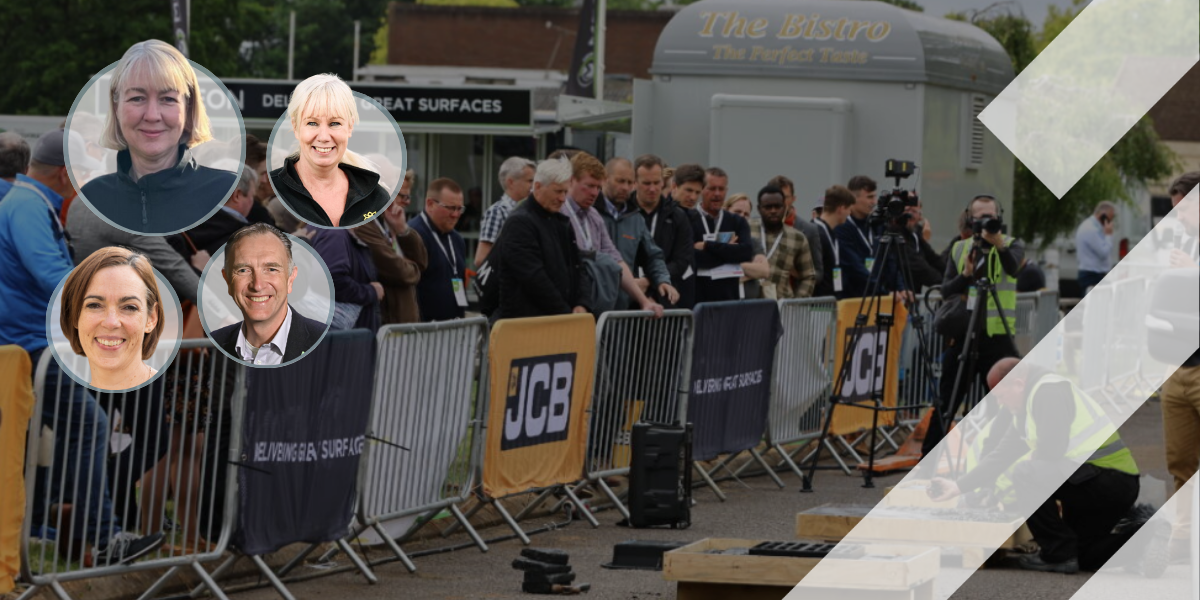How Los Angeles took control of its mobility data

The actions of some big tech companies have led governments and the media to lead the accusations of big brother intrusion into our daily lives but Uber has put the boot on the other foot to lay into Los Angeles Department of Transportation’s (LADOT) use of data. Over the past two years, the mobility company has fought to stop LADOT from collecting real-time data on its e-scooter and bike-share schemes, arguing that it infringes passengers’ privacy rights. Uber’s aversion to real-time data collection has spawned an ongoing legal saga which has been argued at the city, state and federal levels with a script worthy of the world’s movie capital.
In an LA City Hall hearing in January, a lawyer representing Uber declared: “It is surely no exaggeration to say that what LADOT is proposing here resembles the world of a dystopian novel, like 1984 or Brave New World, where the government tracks its citizens in real-time about where people were, where they are, and where they are going.” While the Orwellian comparison has so far failed to convince the courts, the case has raised important questions about how cities use data and what limits companies are prepared to go to to stop them.
The dispute centres on the Mobility Data Specification (MDS), a data standard which facilitates the exchange of anonymised data between transport operators and municipal transport departments. It was first introduced in the autumn of 2018 but its origins can be found in LADOT’s 2016 transport technology strategy Urban Mobility in a Digital Age, which served as a roadmap for the city’s transportation future – encompassing everything from autonomous vehicles to mobility hubs. One section of the strategy, Data as a Service, spelled out how “the rapid exchange of real-time conditions and service information between customers, service providers, government and the supporting infrastructure” could optimise safety and efficiency, and improve the overall transportation experience.
The need for cities to have more control over the vast swathes of data generated by emerging mobility trends was something LADOT General Manager Seleta Reynolds had long been aware of. Prior to taking up her role in LA in 2014, Reynolds was head of the Liveable Streets division at The San Francisco Municipal Transportation Agency, where she witnessed first-hand how ride-hailing companies had suddenly appeared and transformed mobility in the city – not always for the better.
On arriving in LA, Reynolds was determined to take a more proactive approach and control the code as well as the road. “We had been working on a series of studies trying to pinpoint how to undergo a digital transformation while taking into account the evolving roles private companies were playing in mobility,” says Reynolds. “It felt like we needed to architect a new model and a new way of doing this to communicate more effectively with businesses that were operating on the public right of way.”
In March 2018, Reynolds awarded a US$1 million contract for developing new standards for mobility operators to a relativity unknown tech consulting firm, Ellis & Associates, led by John Ellis — a former global technologist at Ford, whose work would form the foundations of the MDS. While initially created under the umbrella of managing multiple modes of new transport trends in a rapidly changing ecosystem, it was the sudden explosion of e-scooters on LA streets in the summer of 2018 which would serve as the catalyst for the introduction of the MDS in October that year.
To comply or not to comply?
Images of e-scooters being abandoned on pavements – blocking access for pedestrians, cyclists and those with disabilities – became increasingly familiar throughout 2018, and firms like Lime, Spin and Bird faced growing scrutiny over their apparent failure to act. An increasing number of residents began to view the devices as a menace, and some even took matters into their own hands.
Videos and pictures of e-scooters being vandalised, set on fire and dumped in rivers flooded social media, and even spawned a dedicated Instagram page “Bird Graveyard” where disgruntled Los Angeles residents posted their handiwork. For Reynolds, the increasingly chaotic situation only strengthened the argument for the introduction of the MDS, which she felt would bring some order and accountability back to the streets. While the city’s micromobility operators had reservations about opening their data to LADOT, all fulfilled the new real-time data sharing requirements – with one notable exception. With a track record of taking a defiant and litigious approach towards city and state regulation, Reynolds says she was not surprised by Uber’s response to the MDS.
“The California Public Utilities Commission [which regulates ride-hailing in the state] previously had to fight to get data from Uber,” she explains. “They even took them to court to compel them to hand over data they had already agreed to submit.” Uber quickly began lobbying state legislators to support a bill that would restrict cities from gathering granular data on its Jump e-bikes, and gained wider support from the American Civil Liberties Union (ACLU) and the Electronic Frontier Foundation, who argued the MDS could leave personal data vulnerable to abuse.
“We’ve only had two government agencies ask us for this kind of information, one was LADOT – the other was Egypt’s intelligence service,” says Melanie Ensign, Uber’s Global Head of Security and Privacy, who has since left to become CEO of Discernible. Besides its privacy arguments, Uber also began to question LADOT’s relationship with the companies it collaborated with to create the MDS, claiming that the potential for the city or others to monetise the data being collected cast a shadow over the integrity of the programme. LADOT hit back at the claims, taking the unprecedented step of publishing a set of privacy principles in March 2019 that stated it would never sell the data and would resist any requests from law enforcement agencies for access.
“You have to consider the key difference between the public and private sector,” says Reynolds. “We’re not doing this because we’re trying to turn a profit and grow the market; we’re doing this because we’re trying to keep society going.”
Continue reading this story on cities-today.com



